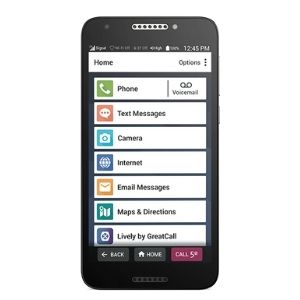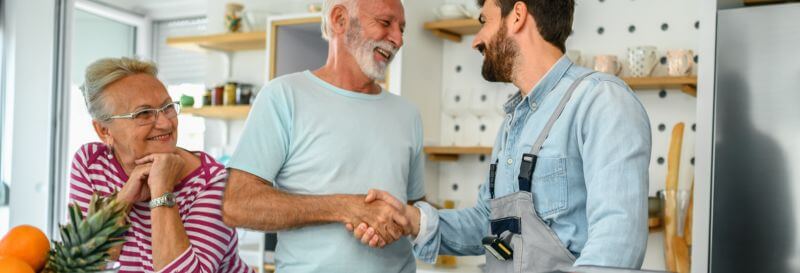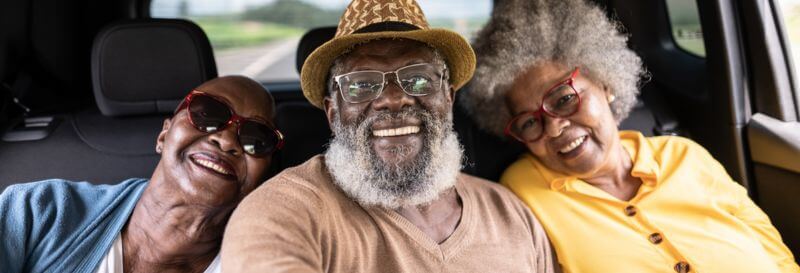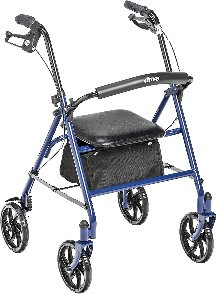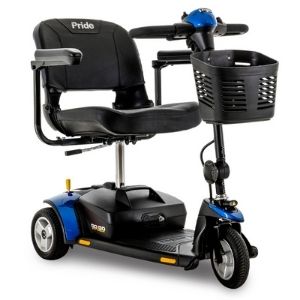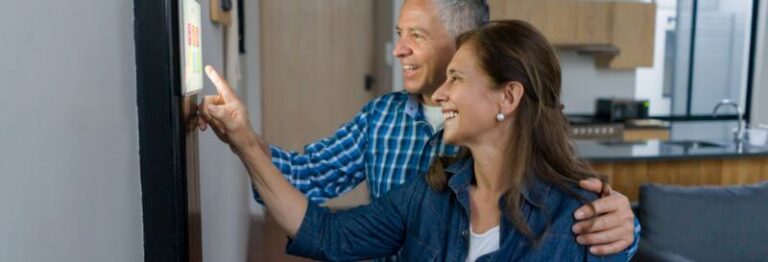You don’t have to stop doing what you love, but how you get from point A to point B may change. With a little help from mobility devices, you can still get around and enjoy your independence while remaining comfortable and safe.
Folding cane chairs are handheld devices that fold out into stools or seats. You can find ones big enough to settle into at an outdoor concert or museum or simple ones that give you a quick rest while waiting in line. Most can support up to 250 pounds comfortably and act as a cane and a chair, but you can find others that can hold more.
Walkers prevent falls by giving you something to lean onto if you feel dizzy or weak. The best ones have built-in seats so you can stop and rest at any time.
Mobility scooters can make trips down the street quicker, and slim models may work well in the home. They’re expensive and require maintenance, but they're a good solution if walking gets too painful and you don't have sufficient upper body strength for a traditional wheelchair.
Wheelchair ramps and stair-assist chairs can make your home more accessible if you use a wheelchair, walker, or power scooter. You can find portable ramps you can keep in your vehicle or longer ones that can tackle the steps on your front porch. Generally, the longer the ramp, the higher the incline it can handle.

